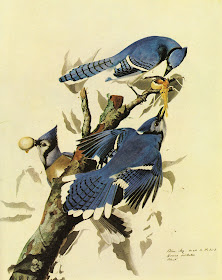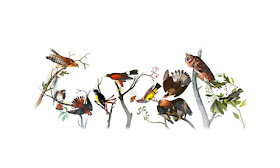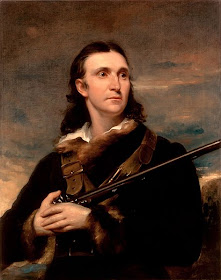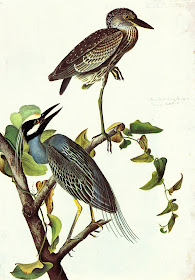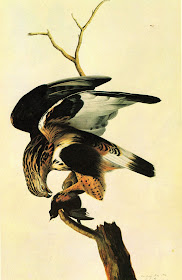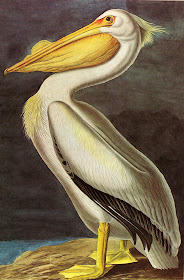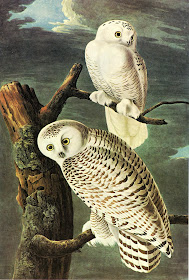 |
| The venous system, with figure drawn frontally and the internal organs indicated |
Mansur ibn Muhammad ibn Ahmad ibn Yusuf ibn Ilyas, “Mansur ibn Iiyas”, descended from a Shiraz family of scholars and physicians. His illustrated treatise, “Anatomy of the human body” often called “Mansur's Anatomy” consists of an introduction followed by 5 chapters on the 5 main systems of the body: bones, nerves, muscles, veins and arteries; each illustrated with a full-page diagram. The manuscript was a total new for me, as I always thought that Qur’an has severe restrictions regarding human representations. Indeed, it has, especially in Sunni Islam (representation of all living beings).
The Qur’an condemns idolatry and uses the Arabic term musawwir ("maker of forms," or artist) as an epithet for God. The belief is that the creation of living forms is unique to God, and this includes also representations. I found several references on the internet regarding figural representation in Islamic Art (I recommend the explanations given in the Metropolitan Museum of Art, link is here) and after my investigation I can’t conclude a significant advance about why Mansur decided to illustrate human body in his treatise. I know that other Hakims in Persia, during the Islamic period, strictly observed Qur’am when developing their advances on medicine. My investigation continues, at least to try to understand this exception.
 |
| Human skeleton, viewed from behind with the head hyperextended so that the face looks upward |
 |
| Muscle figure, shown frontally, with extensive text denoting muscles |

The Persian contribution to medicine was remarkable during the medieval Islamic period. One of the main roles played by medieval Persian Hakims (doctors or practitioners) in the scientific field of medicine was the conservation, and development of ideas and knowledge based on ancient civilizations, with continuous references to Greek philosophy. Medicine development was also intense during the pre-islamic period, from a practical point of view even: the archaeological case study of a 13-year old girl in south-east Iran indicated that she had cranial surgery to take apart a piece of her skull bone (due to a severe hydrocephaly) and she survived the surgery, this happened during the 3rd century BC. Anesthetic practices are also well known during 10th Century in Persia.
Most famous medical scientific or Hakim during this age in ancient Persia was Ibn Sina, better known in occident as Avicena or Avicenna. He made astute observations and experimentations and wrote around 40 treatises about medicine. His master piece was “The Canon of medicine” (the complete digital facsimil of this treatise has been a target for me during the last years). Other Hakims with significant contributions to medicine science were Fakhr al-din, and Muhammad ibn Zakariya.



